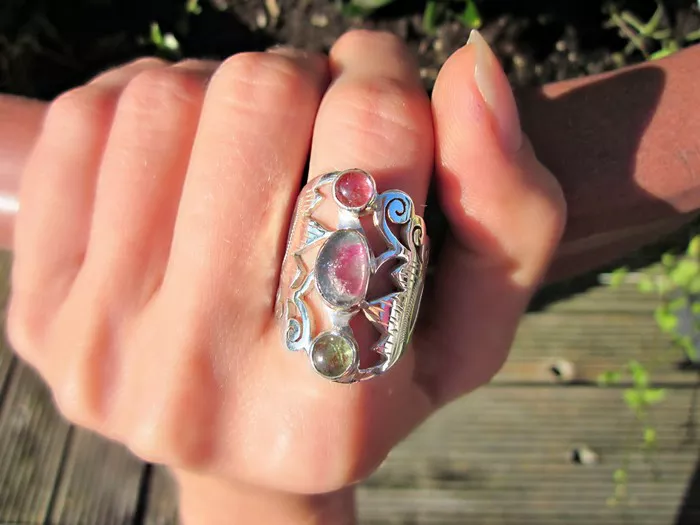Tourmaline, with its captivating range of colors and unique properties, is a gemstone that has captured the hearts of many gem enthusiasts and collectors. It is also known for its relatively high price compared to other gemstones. But why is Tourmaline so expensive? In this article, we will delve into the various factors that contribute to the high price of tourmaline.
1. Rarity
One of the primary reasons for the high price of tourmaline is its rarity. While tourmaline is found in various locations around the world, high-quality, gem-grade tourmaline is relatively scarce. The gemstone occurs in a variety of colors, including pink, green, blue, and watermelon (a combination of pink and green), with certain colors and color combinations being more desirable and therefore more valuable.
2. Color
The color of tourmaline plays a significant role in determining its value. Certain colors, such as Paraiba tourmaline, which displays a vibrant blue-green hue, are highly sought after and command high prices in the market. Other desirable colors include intense pink and green varieties. The intensity and saturation of the color, as well as any color zoning or color changes within the stone, can also affect its value.
3. Clarity
Like other gemstones, the clarity of tourmaline is an important factor in determining its value. Tourmaline with fewer inclusions (internal flaws) is considered more valuable than stones with visible flaws. However, some types of tourmaline, such as watermelon tourmaline, are valued for their unique inclusion patterns, which can create interesting visual effects within the stone.
4. Size and Carat Weight
The size and carat weight of a tourmaline gemstone can also impact its price. Larger stones are rarer and therefore command higher prices per carat compared to smaller stones. However, the price per carat can also vary depending on the color, clarity, and other factors mentioned above.
5. Origin
The origin of a tourmaline gemstone can also influence its price. Some locations are known for producing high-quality tourmaline with unique colors or properties. For example, Paraiba tourmaline, named after the Brazilian state of Paraiba where it was first discovered, is highly prized for its vivid blue-green coloration. Other notable sources of tourmaline include Afghanistan, Nigeria, Mozambique, and the United States.
6. Treatment
In some cases, tourmaline may undergo treatment to enhance its color or clarity, which can affect its price. While some treatments are widely accepted in the gemstone industry, others may reduce the value of the stone. It is important for buyers to inquire about any treatments that a tourmaline gemstone may have undergone before making a purchase.
7. Market Demand
Ultimately, the price of tourmaline is also influenced by market demand. As with any commodity, the price of tourmaline can fluctuate based on factors such as economic conditions, consumer preferences, and trends in the jewelry industry. Highly publicized auctions or endorsements by celebrities can also drive up demand and prices for certain types of tourmaline.
Conclusion
In conclusion, tourmaline’s high price can be attributed to its rarity, color, clarity, size, origin, treatment, and market demand. As a result, this alluring gemstone continues to be a coveted choice for jewelry enthusiasts and collectors alike.


